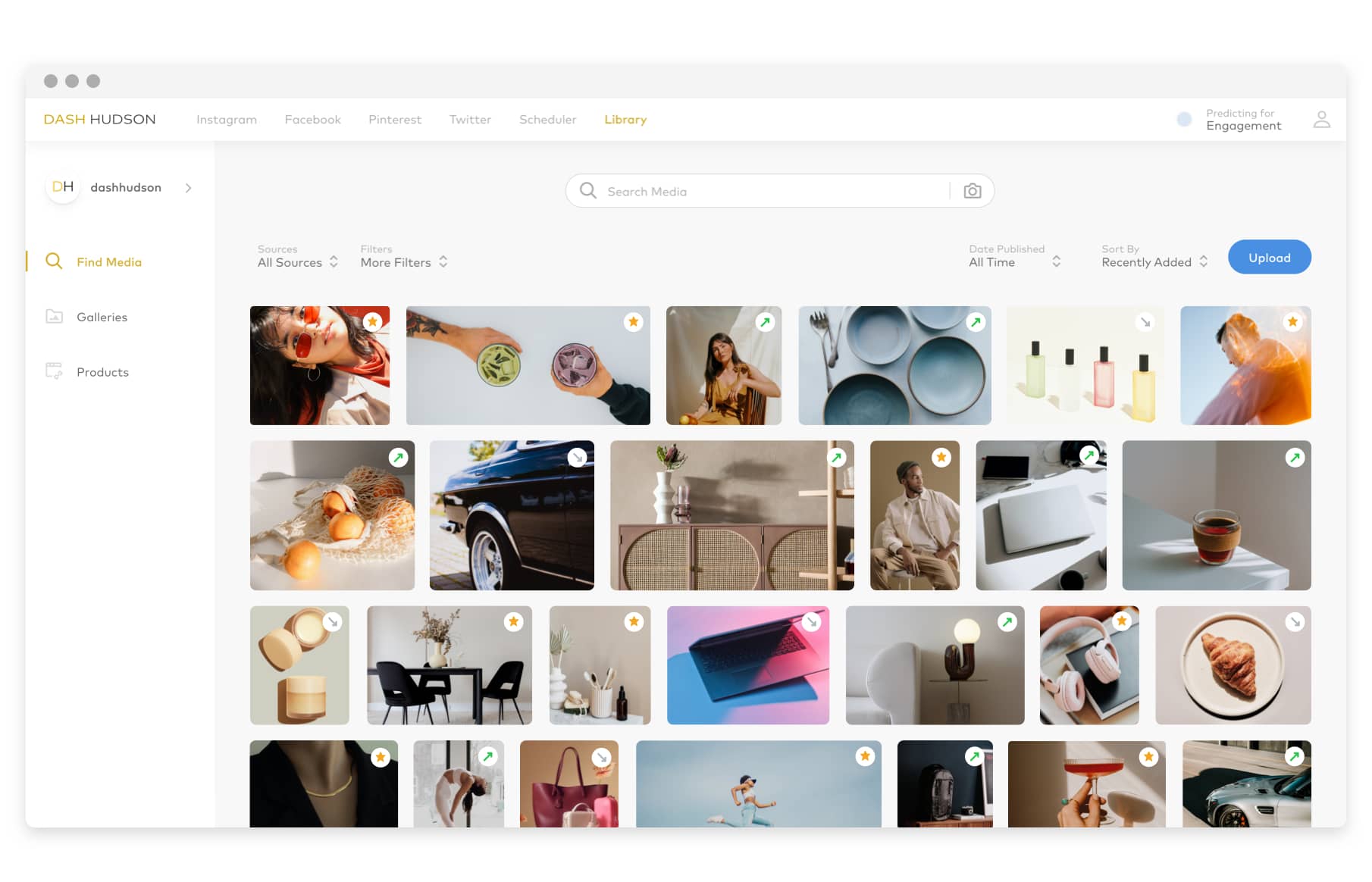Ways to Use User Generated Content for E-Commerce Sites

In the wake of the pandemic, more importance has been placed on the digital storefront than ever before. Shopping online has become commonplace for most consumers. In fact, two-thirds of consumers are shopping online more frequently now than pre-COVID and 43% of shoppers now feel more positive about this digital shift. Since it appears the online marketplace is here to stay, agile brands are hyper-focused on optimizing the shopping experience for customers to maintain and grow the health of their businesses.
Content Strategy for E-commerce
There is a major component of shopping that is missing online: the tactile experience. 44% of consumers reported that they miss the ability to sense products—seeing, touching, and trying on their desired items. While this physical aspect cannot be replaced, leveraging lifestyle-oriented product photography helps brands to storytell, and gives consumers a way to gauge how a product would look in the situation. By leveraging your user generated content strategy on social media, you will be able to gain a solid understanding of the types of lifestyle imagery that resonate with your unique audience.
#1. Incorporate Lifestyle Imagery
Lifestyle imagery is a type of photography that showcases the use of products in situation. As the physical sense of shopping is removed, consumers heavily rely on product photography and customer reviews to evaluate purchase decisions. A few more functions of lifestyle imagery:
- Invoke feeling and emotion around products
- Show product scale
- Provide social proof
- Demonstrate product use-cases
Exposure to lifestyle imagery on product pages enables the consumer to more easily ‘see’ themselves using or wearing the product, increasing the likelihood of purchase vs. simply seeing catalog photography.
#2 Test Out Catalog Photography
Catalog photography is the most commonplace style of photography for e-commerce storefronts. Simply put, catalog photography showcases products photographed on a simple white, or light background. This is a necessity for any e-commerce strategy for the following reasons:
- The customer can see the product in a clean, neutral setting
- The brand can clearly articulate exactly what is being sold
- It puts the focus on the product
In order to strike a balance between showcasing your products accurately and marketing in a way that compels consumer emotion, it is important to use a blend of both high-quality catalog and lifestyle imagery. With social media, you can leverage your user generated content e-commerce strategy to test and learn which types of lifestyle photos make an impact online.
#3 Build trust with UGC
UGC is any type of content—most commonly photos and videos— that have been posted to social media by a user and feature a brand or product. This can often come as a user’s review of a product, or influencers wearing a brand in a lifestyle setting. Repurposing this type of content on social media can help instill customers’ trust in a brand, allow your fans an opportunity to share how they use your product, and provides a breadth of additional assets to use in your social strategy. When posting UGC on social media, your followers will tell you in real-time what types of content they find the most engaging by liking, sharing, and saving the content for later. This continual feedback loop can then be used to inform your lifestyle imagery direction, in order to align your e-commerce experience with your audience’s unique tastes.
#4 Aligning Your Content Strategy: Consider the Whole Journey
It takes more than one touch to convert a customer, and there are many customer touchpoints to consider—organic and paid social media, display ads, organic and paid search, referrals, and your e-commerce site itself. Thinking of your entire marketing ecosystem holistically is an industry best practice. Social media should not be a siloed effort, as it can act as a great driver of traffic for your website. The way consumers perceive your brand on social media should align with the brand they see when they arrive at your site. There are a few methods to bring these two worlds together.
First, leverage your social media user generated content strategy to gain an understanding of what types of lifestyle imagery to create. Your audience is your resource to understand what they prefer to see, and the creative direction in your content strategy should go in.

Second, from your lifestyle photography shoot, narrow down the best performing imagery by using Vision, Dash Hudson’s AI technology. Vision provides real time performance predictions on your photos and videos based on your unique audience’s preferences. Remove the guesswork by selecting your most engaging content with data-backed insights.

Finally, creating custom on-site media galleries of UGC, top-performing social posts, or lifestyle imagery for each of your unique product pages adds an extra layer of discovery for the customer to fully understand the uses and benefits of your products.






